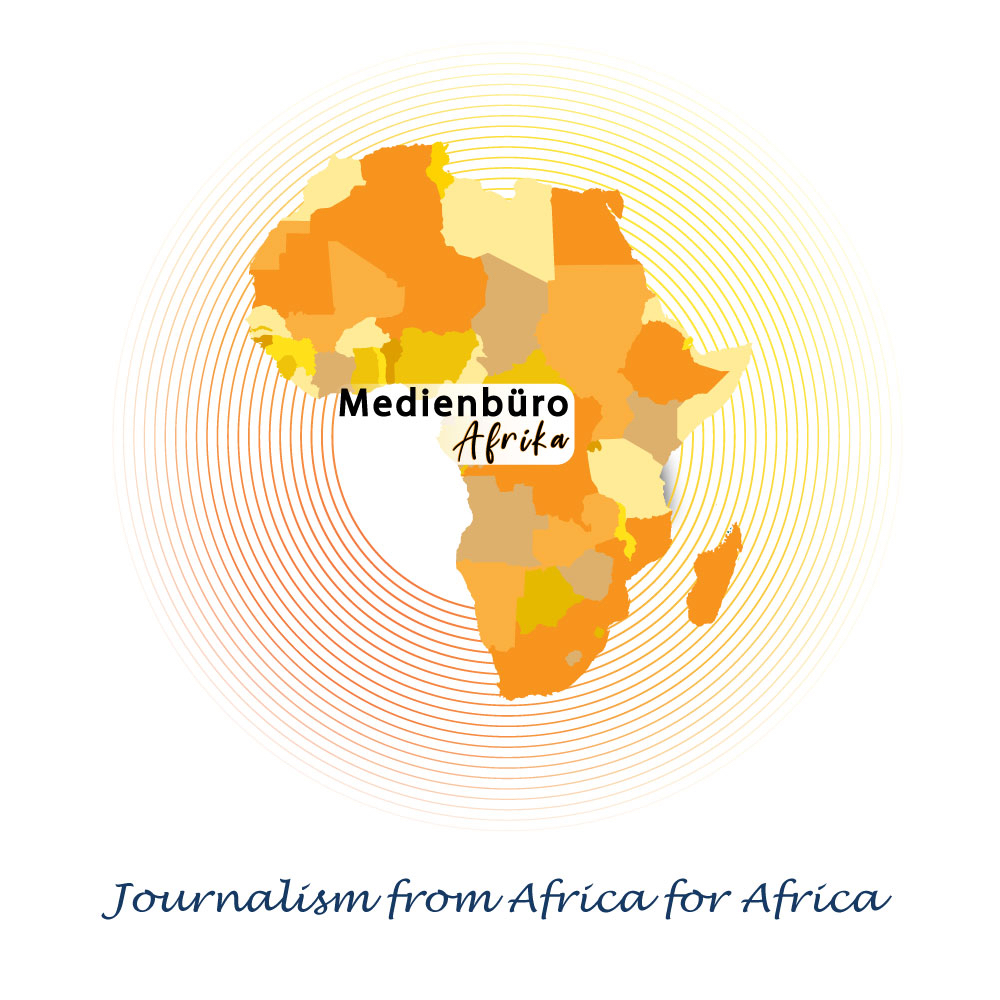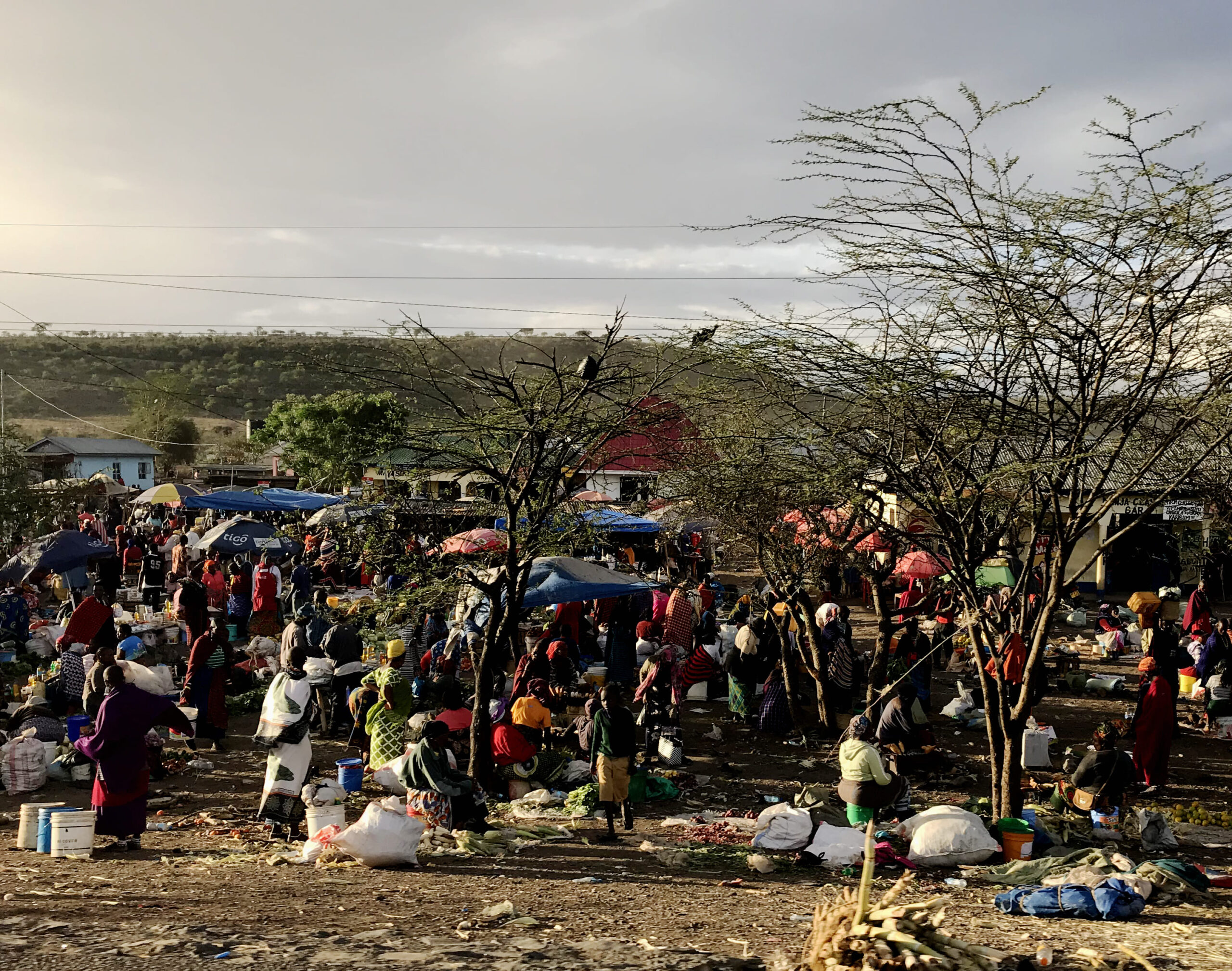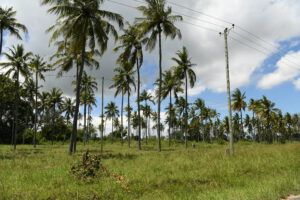New report outlines innovative solutions for African countries to unleash the spending needed to achieve the continent’s energy and climate goals
Swift action to improve access to capital and ease financing costs is essential to unlock a wave of clean energy spending in Africa, according to a new report from the International Energy Agency (IEA) and the African Development Bank Group (AfDB). The report was launched today at a special event at the Africa Climate Summit in Nairobi with IEA Executive Director Fatih Birol and AfDB President Akinwumi Adesina.
Even though Africa accounts for almost 20% of the world’s population and has ample resources, it is the destination for around just 2% of global clean energy spending. Overall energy investment on the continent has struggled in recent years, while to meet African development ambitions, as well as international energy access and climate goals, it needs to more than double by 2030, with nearly two-thirds going to clean energy.
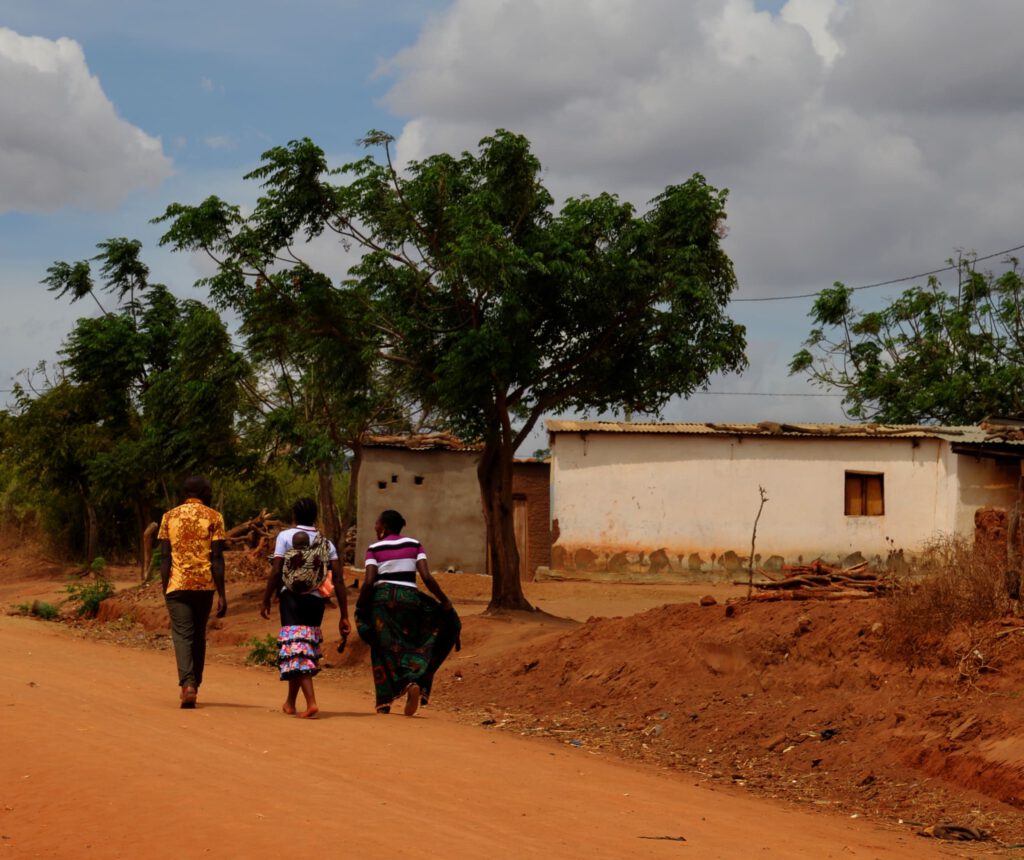
A range of real and perceived risks affecting projects in Africa, as well as higher borrowing costs following the Covid-19 pandemic and Russia’s war in Ukraine, mean there is a limited pool of affordable capital that energy developers in Africa can tap. According to the report, Financing Clean Energy in Africa, the cost of capital for utility-scale clean energy projects on the continent is at least two to three times higher than in advanced economies. This prevents developers from pursuing commercially viable projects that can deliver affordable energy solutions.
The report explores innovative ways to address this challenge based on a review of more than 85 case studies across Africa and more than 40 interviews with key stakeholders. Lowering the cost of capital and supporting the creation of investable projects will require scaling up a range of instruments. These include the provision of more early-stage financing and greater use of tools that can reduce perceived investment risks in order to attract private capital. This will require strong engagement from both the public and private sectors, as well the support of foreign and domestic institutions.
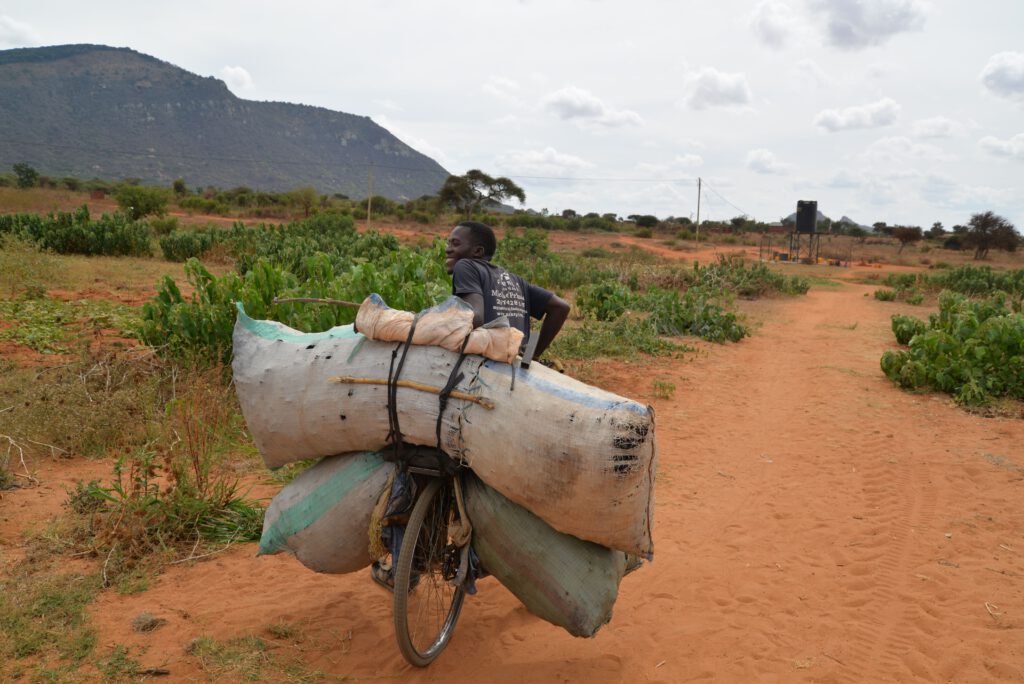
“Urgent action is needed to dramatically increase clean energy investment in Africa, which has fallen short despite the immense opportunities,” President William Ruto of Kenya said. “Yet this report is not simply a catalogue of Africa’s challenges. Instead, it is an inspiring testament to the innovative spirit of our continent, with a vast array of solutions emerging from Africa’s entrepreneurial minds.”
“The African continent has huge clean energy potential, including a massive amount of high-quality renewable resources. But the difficult backdrop for financing means many transformative projects can’t get off the ground,” said IEA Executive Director Fatih Birol. “This report, which builds on the IEA’s landmark Africa Energy Outlook 2022, shows what is needed to lower barriers to investment, allowing African countries to tap accessible and affordable solutions to match their clean energy ambitions.”
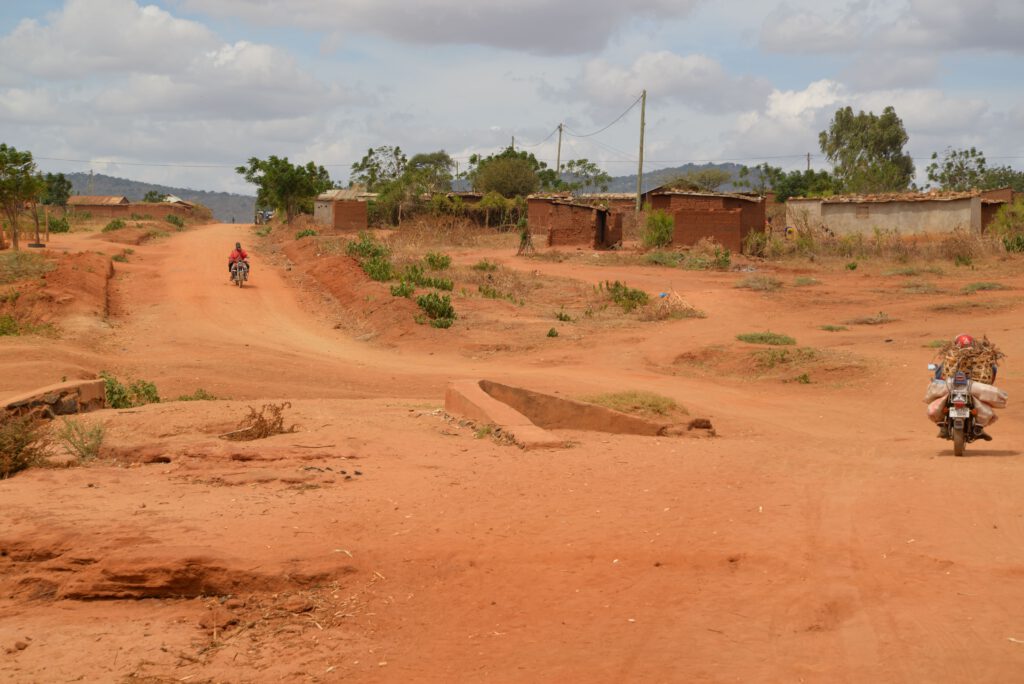
“The current shortfall in clean energy investment in Africa puts at risk the achievement of a host of sustainable development goals and could open new dividing lines in energy and climate as clean energy transitions gather speed in advanced economies,” said AfDB President Akinwumi Adesina. “This report, which makes a compelling case for Africa to receive a bigger share of global climate financing, serves as an informative tool for policymakers in Africa, while best practice cases from the African Development Bank provide valuable insights for developers and capital providers.”
The report’s analysis is based on the Sustainable Africa Scenario developed in the IEA’s Africa Energy Outlook 2022 report. This scenario considers the diverse needs of different African countries and sectors and lays out a pathway to achieve all African energy-related development objectives. This includes those under the UN Sustainable Development Goals, such as universal access to modern energy by 2030, as well as fulfilling all announced climate pledges in full and on time.
Delivering modern energy to all Africans will require nearly USD 25 billion in spending per year to 2030, the report finds. This is a small amount in the context of global energy spending – equivalent to the investment needed to build one new LNG terminal a year. But it requires a very different type of finance, given the need for small-scale projects, often in rural areas and for consumers with limited ability to pay.
The international community has a major role to play in scaling up clean energy investment in Africa. Concessional finance – or funding from development finance institutions and donors – can serve as a crucial catalyst, according to the report. It finds that concessional capital of around USD 28 billion per year is needed to mobilise USD 90 billion of private sector investment by 2030, a more than tenfold increase from today.
The report also highlights the vital role of local financial institutions for sustainable development in Africa over the long term. To meet energy and climate goals, finance originating from or disbursed through local channels must increase nearly threefold by the end of the decade.
Financing Clean Energy in Africa reflects the IEA’s longstanding and expanding commitment to African energy issues. There are now five African members of the IEA Family: Egypt, Kenya, Morocco, Senegal and South Africa, with Kenya and Senegal joining earlier this year.
Source: IEA https://www.iea.org
The picture are from Thomas Isenburg and part of the Cycle Tansania
Already published (only a few…):
